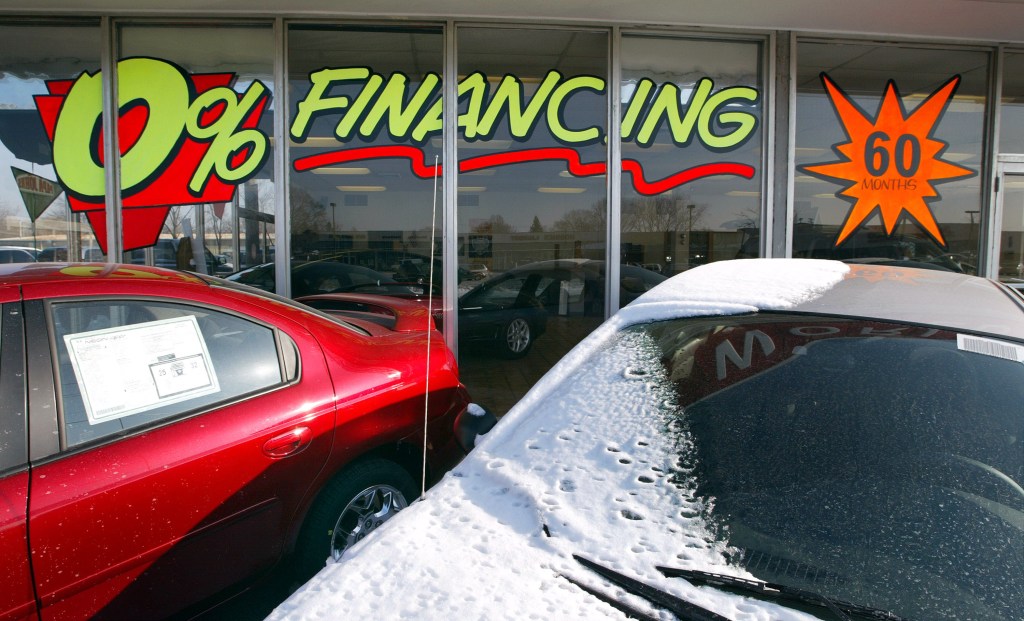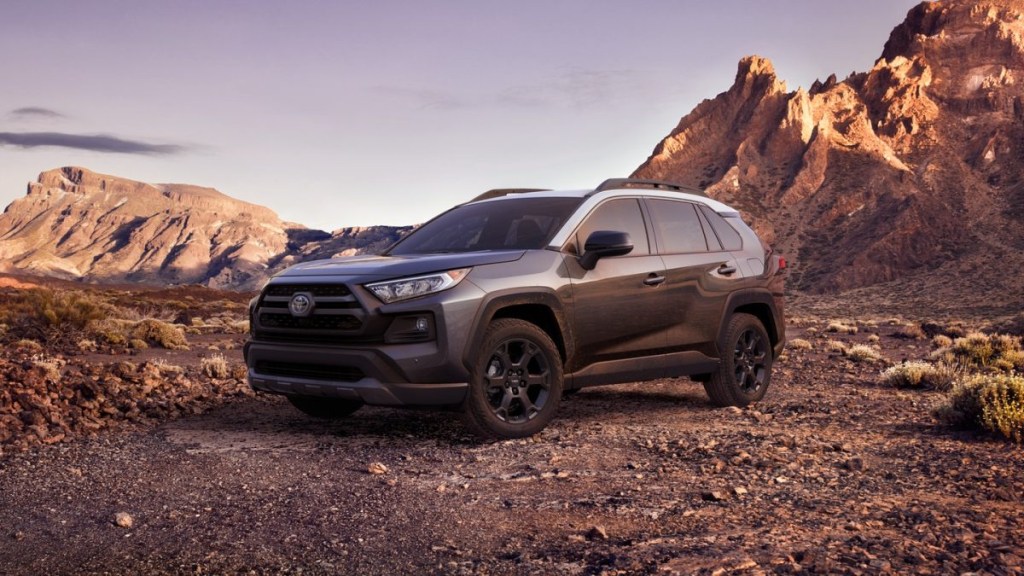
‘Leasing Is Fleecing’ in 2022: It’s Not a Good Time to Lease a Car Right Now
If you’re familiar with Dave Ramsey and his financial advice show, then you have probably heard him say that “leasing is fleecing” at least once. And while I personally don’t agree with everything that Ramsey has to say about leasing, his little saying carries some weight in the year 2022. Case in point, leasing a car right now isn’t the best idea. Let’s explore why.
You will likely pay more to lease a car than finance it right now

By now, you might be wondering two things: Why is leasing so bad right now, and what does “fleecing” mean? First, the term “fleecing” is defined as “to obtain a great deal of money from someone, typically through swindling or overcharging them.” Second, that term goes hand-in-hand with leasing a car right not because if you do, you will more than likely end up paying more for it than if you were to finance it instead.
An example that shows financing a car could be better than leasing one
Need some proof? Ari Janessian, an auto broker with Negotiation Guides, brought up a good example in his recent video using a “lease versus purchase” scenario with a 2022 Toyota RAV4 XLE Premium. In his example, Janessian factors in the car’s MSRP of $35,000 and an average of 12,000 miles driven per year.
According to CarEdge.com, this RAV4 would be worth 60% of its original value after five years. Additionally, the current promotional finance APR from Toyota is 2.49% for 60 months. Assuming that you were to finance this car at that rate for 60 months while paying only the taxes and fees up front, you would be looking at a monthly payment of $621 per month and in the end, you would pay about $2,260 in interest.
That being said, the total cost of the car would be $37,260 plus taxes and fees. But after five years of ownership, it would be worth about $21,000, which means that you would pay around $16,260 to own the car for five years.
On the other hand, if you were to lease the same car for three years and drive it 12,000 miles a year, then you would be looking at a monthly payment of $471 per month. This is assuming that you put the taxes and fees as the down payment and leased with a money factor of 0.00195 (4.68% APR). By going this route, you would pay $4,005 in interest with a total cost of $16,956 (plus taxes and fees) to drive the car for three years. In the end, you would have to give the car back or trade it in.
Ultimately, in this example, you would be looking at the difference between owning and driving a for five years for $16,260 versus leasing it (and not owning) for three years for $16,956. Case in point, financing the car is a better way to go.
| Leasing (3 Years) | Financing (5 Years) |
| MSRP: $35,000 | MSRP: $35,000 |
| Money factor: 0.00195 | Promo APR: 2.49% for 60 months |
| Down payment: Taxes and Fees | Down payment: Taxes and Fees |
| Monthly payment: $471/month | Monthly payment: $621/month |
| Interest paid: $4,005 | Interest paid: $2,260 |
| Net cost: $16,956 | Net Cost: $16,260 |
Does this example work for every car?

Yes and no, considering different automakers will have different lease and finance rates and every car will have a different residual value. However, the same type of formula can be used to calculate an apples-to-apples comparison between the two options.
In these current times, if you can hold off on buying a car, we would suggest doing so due to the inflated pricing. But if you must buy a new car, then consider financing it and getting the best rate and price possible over leasing it. You could end up saving yourself a lot of money.



